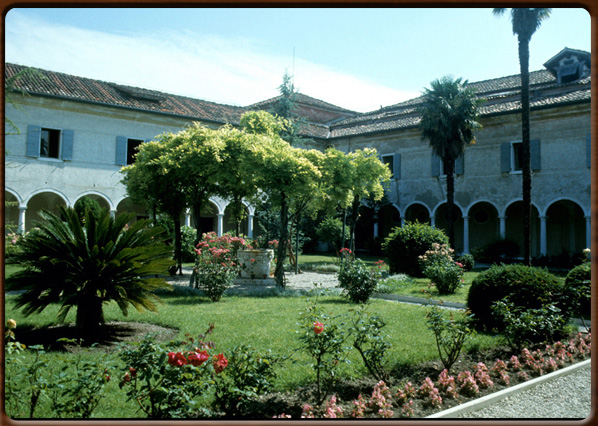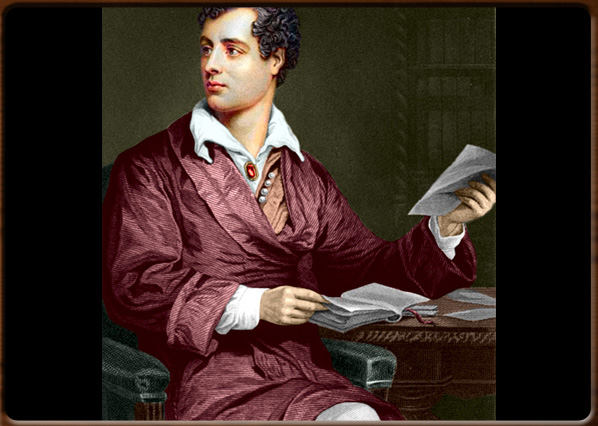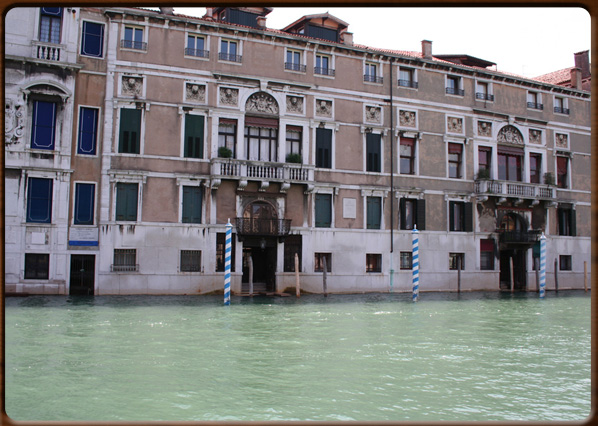
San Lazzaro degli Armeni Monastry.

George Byron.

Mocenigo Palace.



No video
George Gordon Noel Byron (London, 1788 – Missolonghi, 1824), poet and author, was one of the most important and versatile exponents of English Romaticism.
After studying at Cambridge University, he inherited the title of the Baron Byron from his uncle, hence his name Lord Byron.
In 1809, after taking up his seat in the House of Lords at a very young age, he left for a long journey to the Iberian peninsular and Greece.
In 1812 he published the first cantos of his Childe Harold's Pilgrimage, a poem describing his journeys in Europe. This met with acclaim and Byron became a famous poet. Harold was the first example of a Byronic hero: a young man with great passion, having a distaste for society and living as though crushed by a mysterious sense of guilt. Modelled partly on his own life and personality, this hero often reappears in his later poetry.
In 1816, after a failed marriage, Byron left England to live in Switzerland with his friend and fellow-poet Percy Shelley. There he wrote The Prisoner of Chillon.
In 1817 he moved to Italy for the next five years, first living in Venice, then Ravenna, Pisa and Genoa. During the three years he lived in Palazzo Mocenigo in Venice, he wrote the dramatic poem Manfred, the first two cantos of Don Juan, a brilliant satire of English society of the day, and the satiric poem Beppo. He also studied the local culture during this time, getting to grips with the Armenian and Venetian dialect.
Byron died of a fever at the age of just 36 in Greece where he his passionate nature had led him, to join the Greek rebels in their fight against the Turks.
1800 - 2000 - - rev. 0.1.6